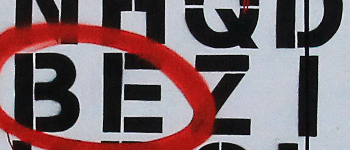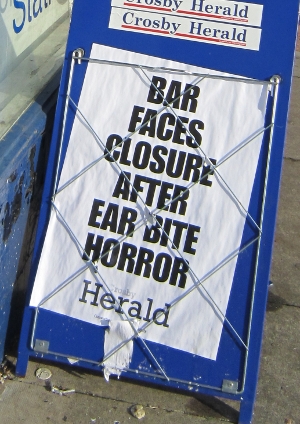When I’m editing, I often get caught up in the nasty details of my writing.
I’ll be reading through a paragraph and I’ll notice that I have fallen repeatedly into the passive voice. And that I have reused the word somehow four times. And how many adverbs does ‘she said’ need? How about none? So I clean that all up. But hang on. This version throws up a new set of issues. Not only that, but with the edit I’ve also changed the sense of the paragraph before it. So I tinker with both paragraphs. And then I tinker with them some more.
And that’s alright, isn’t it? The Editor is in, after all.
Well, yes. But maybe I have a larger scale to think about before I work so close to the text. Why improve the description of a character you may yet cut or transform? So just as I ignore my Inner Editor when I’m writing, perhaps I should differentiate between modes of editing when I revise?
In the Artful Edit Susan Bell defines two modes of editing. And suggests that we can benefit by applying them to our work in distinct passes.
First the macro-edit. It’s here that we fix the big picture:
- Intention
- Character: palpability, credibility, motive.
- Structure: rhythm, tension
- Foreshadowing
- Theme: leitmotiv
- Continuity of tone
[The Artful Edit P47]
Then the detail. The Micro-edit:
- Language
- Repetition
- Redundancy
- Clarity
- Authenticity: image, dialogue
- Continuity: visuals, character
- Show and tell
- Beginnings, endings, transitions
[The Artful Edit P47]
I’ve been editing according to this distinction over the last week or so and I have seen an improvement, both in the ground I cover and in my own focus.
So for the first pass or two, I concentrate on a macro-edit. Am I achieving my purpose with this writing? How does it serve my central idea? How well are my characters drawn? Are they believable? Are they motivated by something other than the demands of my plot: a need or a desire, the pressure of believable circumstance? How is my pacing? And so on.
If I allowed the many imperfections in my prose to distract me at this stage, I’d never see the big picture. I’d be too busy killing adjectives and zapping clumsy sentences to care about issues with character and structure.
Only after the macro-edit do I work my way through the chapter again, staying close to the text. I read aloud and listen for clumsy language. I cut repetition, sharpen dialogue, and generally get tangled up in weave of the words. I can do all this in support of a structure that I have already shaped. Until the next revision, that is.
Of course, I cheat. I can’t resist changing my language as I handle structure. And a theme needs image, so my edits at the micro level spark ideas that send me back to higher level edits. Bell encourages this blurring which, after all, reflects the fact that the items in her checklists are necessarily bound up with one another:
Ideally, we would first look through the macro-, then the micro-lens: view the big picture, then focus on details. But reading and writing are not systematic. In reality, a person switches from lens to lens as she reads, her eye catching a jumble of images at once. You may, when you edit, try to train the eye to see more or less in sequence. But never expect nor wish to achieve, a rigid artificial system. Reading must remain as free as the imagination itself. If you control your reading too much, you cease to be involved in it. Then what’s the point?
[The Artful Edit P46]
So am I contradicting myself? Is Bell? I believe not. I think that you can work from the wide lens focus down to the specifics on the page. You’re not ignoring the choices of words and image in that macro-edit pass, but you are examining, weighing, and altering those choices in the light of the big picture. Then, in the micro-edit, when your focus is more on language, you don’t lose sight of the structural choices you have made, you support them as you work.




